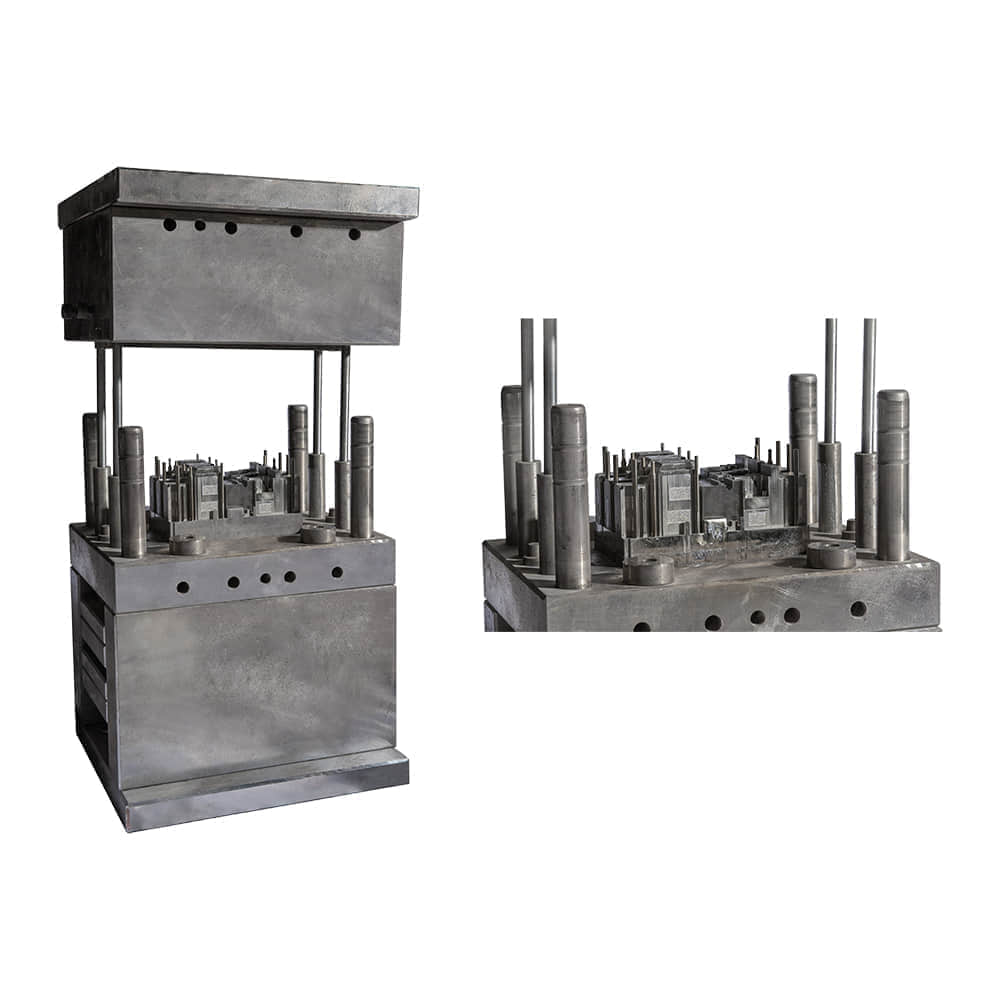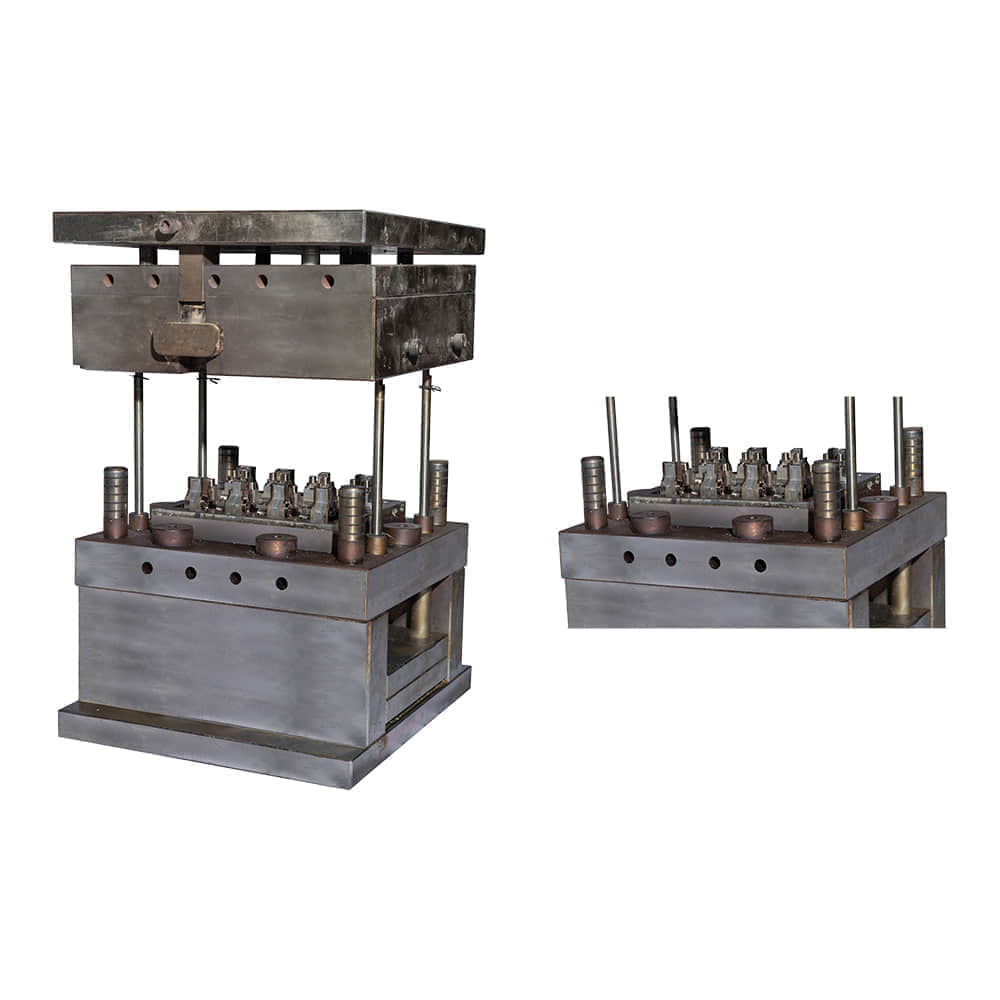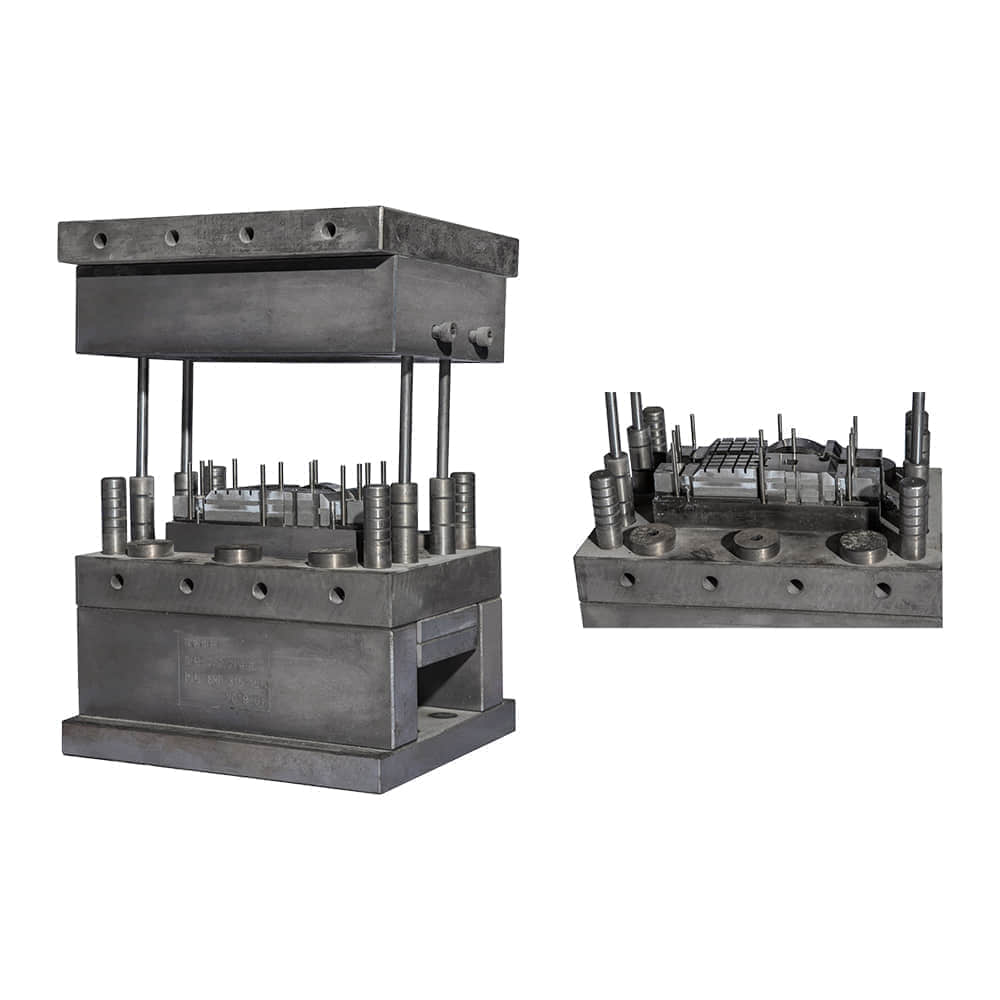
Date | 2024-08-02 20:52:37
Thermosetting Compression Moulding is a highly versatile and widely used technique in the plastics industry. It offers a cost-effective and efficient way to produce complex plastic parts with excellent dimensional accuracy and surface finish. In this article, we explore the basics of Thermosetting Compression Moulding, its applications, advantages, and limitations.

Thermosetting polymers are key to the process. These polymers have a unique ability to undergo chemical changes upon heating, undergoing cross-linking reactions that irreversibly alter their structure. This process results in a material that is more resistant to heat and mechanical stress than thermoplastic polymers.

